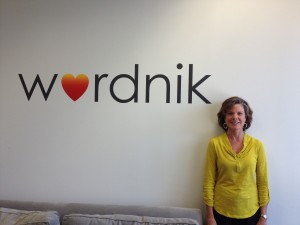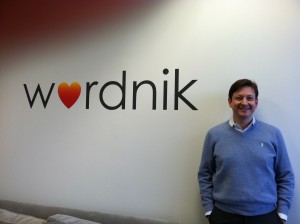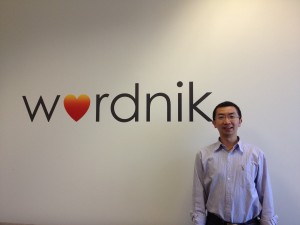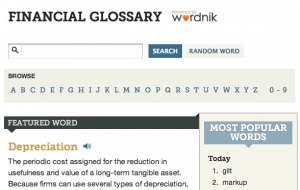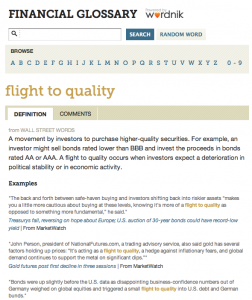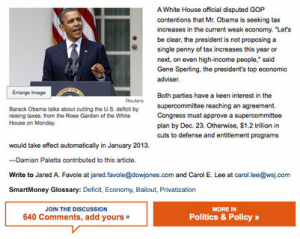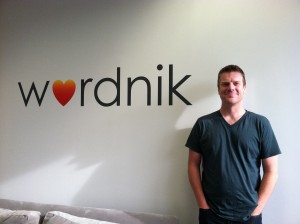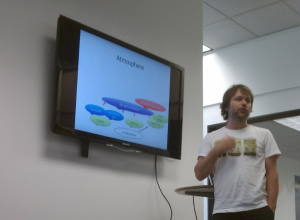The Wordnik office is hopping lately — we’d like to welcome three new Wordniks: Beatrice, Rami, and Tiger!
Beatrice has been instrumental in building and optimizing the office and process infrastructure for numerous start-up companies across Silicon Valley. Most recently she was at Criteo, an advertising re-targeting company, where she successfully managed all aspects of several company moves as the team grew from 0 to 80 US employees (450 worldwide). While working for the French-based company she was able to hone her language skills to interact with corporate HQ as well as better understand jokes told by the French expats and interns.
Beatrice has held similar positions at Habeas, Flowpoint/Efficient Networks, and a few others, in all cases handling whatever needed to be done to facilitate the growth and expansion of those companies. Born and raised in Switzerland (although she does not ski or yodel), she brings to each job a passion, commitment, and attention to detail that have been key to her career success over the years. In her spare time, she tries to stay healthy and likes to hike, do yoga, read, and is slightly obsessed with Sudoku (but her real passion is adventure travel).
Rami comes to Wordnik from cloud security leader Proofpoint, where he was an early employee and instrumental in growing the business to an IPO filing, holding various product and marketing roles. Prior to Proofpoint, Rami held positions at Mohr Davidow Ventures, Cisco, Hughes Electronics and several startups. Rami has also cofounded 2 non-profits, started 3 businesses and serves as an advisor to early stage startups in Silicon Valley. In addition to an MBA from MIT and an MPA from Harvard, Rami has a BS in Electrical Engineering from the University of Virginia. Rami is passionate about form+function, the post-pc mobile hypernet, discovering new things, Moleskine notebooks and jazz. Follow him on Twitter at @rhabal.
Tiger Lan is a seasoned technology veteran with expertise in large-scale web software development and operations. His mantra is “Ship it!” Tiger has successfully built up strong and talented engineering teams at Reputation.com as CTO and VPE, and at Plaxo as Head of Development, and his focus has always been on developing entrepreneurial developers in an engineering-driven company culture. Tiger holds a BS in Computer Science from Tsinghua University in Beijing China and an MS in Computer Science from Michigan State University.
Remember, you can always find out more about the folks at Wordnik by checking out our team page.
